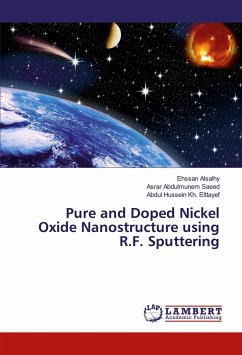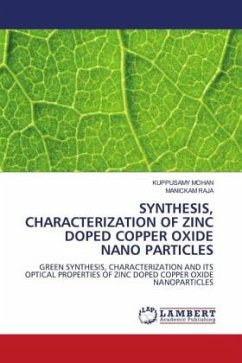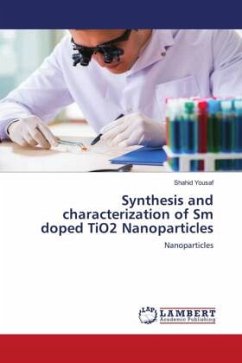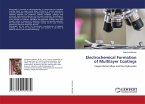Many scientists and engineers have studied metal oxide thin films as electronic materials due to their semiconducting behavior, structural simplicity and cost. Gas sensor has a great influence in many areas such as environmental monitoring, domestic safety, public security, automotive applications, air conditioning in airplanes, space crafts and houses, sensors networks. Semiconductor metal oxide-based gas sensors are classified according to the direction of the conductance change due to the exposure to reducing gases as n-type (conductance increase, e.g., In2O3, ZnO and SnO2) or p-type (conductance decreases, e.g., CuO and NiO). Chapter one deals with the fundamental information and literature review about pure and doped NiO, chapter two explains the theoretical part, chapter three investigates the experimental tools and preparation technique, chapter four clarifies the result and discussion of Nanostructure thin films of pure and copper doped nickel oxide (NiO) synthesized by aRF-reactive planer magnetron sputtering method as a new doping technique used including the adding of copper chips to the target (nickel) surface.
Bitte wählen Sie Ihr Anliegen aus.
Rechnungen
Retourenschein anfordern
Bestellstatus
Storno








